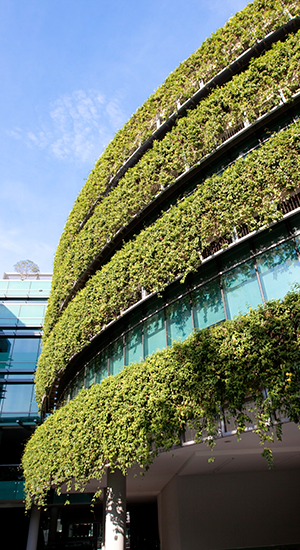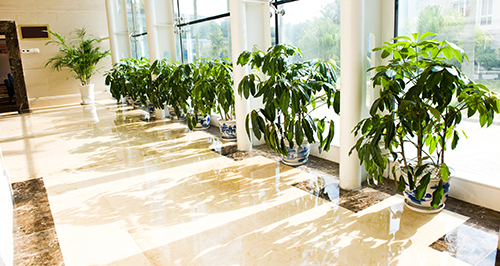Green Matters is committed to developing and encouraging greening within the urban environment. The development of urban habitats is vital for the management of complex eco system establishment. Increasingly topical issues such as water management, attenuation and management of antiquated drainage systems and flood risk alleviation define the use of urban greening products.
Green roof systems can reduce dramatically the speed water can reach already saturated areas. Although not a total solution to flood vulnerable areas, systems play a significant part in reducing the pressure of storm surges, primarily caused by an increasing prevalence of sustained heavy rainfall we have experienced over the past few years.

SUDS (Sustainable Urban Draining)
System design considers drainage and water management whilst providing areas of species develop is a major benefit of urban greening.
Green areas can also reduce urban heat islands, improve the living and working conditions and act as carbon sinks (sequestration) and pollution filters. A Sedum Green Roof can remove a significant amount of pollutants from the air leading to an improvement in local air conditions and lowering inner city temperature peaks.
Benefits
Environmental
Internal Biophilia


